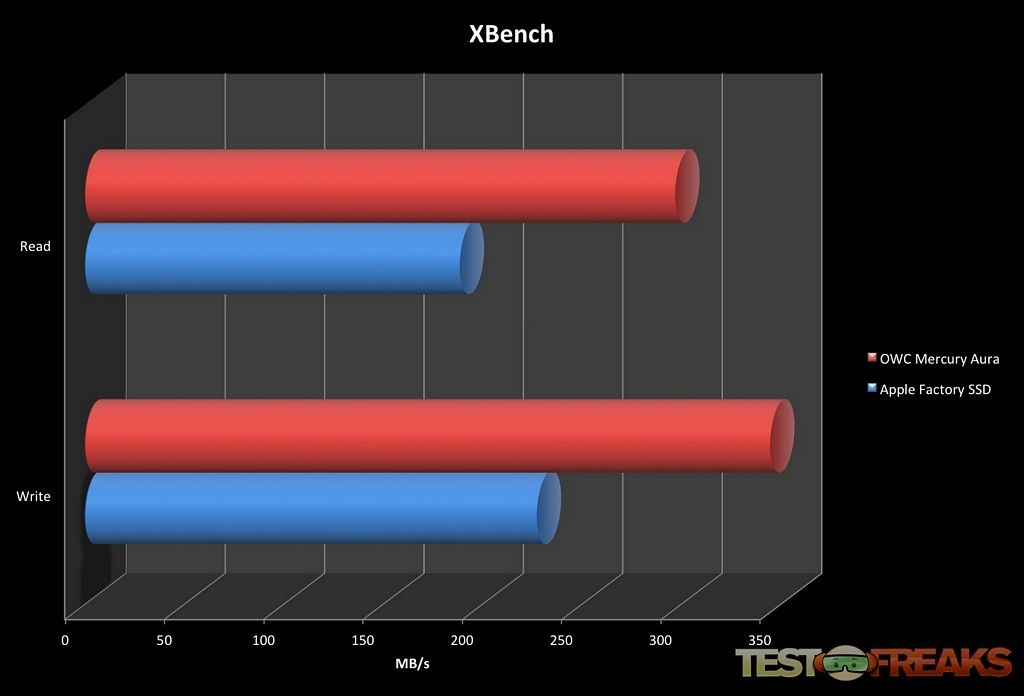

- #Aura sequential testing app serial
- #Aura sequential testing app pro
- #Aura sequential testing app Pc
The drive also experienced thermal throttling at the later part of the test, causing the read speed to fluctuate and drop to around 2000 MB/s. Speed reduced from 2500 MB/s to 1000 MB/s. Simulating a huge 100 GB file transfer in HD Tune, we could observe that the Aura P12 is configured with about 65 GB of SLC cache, which write performance started to decrease after the cache was saturated. The Aura P12 got about 3200 MB/s for read and 2800 MB/s for write. In ATTO Disk Benchmark, the speeds became stable, once the file size increased to 128 KB or above. IOPS number represents how well a drive handles random input and output operations. It achieved a maximum of 604668 IOPS in read and 495511 IOPS in write. At greater queue depth, the random 4K performance was boosted to 1930 MB/s and 2360 MB/s. We saw more moderate results in AS SSD Benchmark, with sequential speeds at around 2500 MB/s. FYI, most SATA-based SSDs often sits at under 300 MB/s. Random 4K operations (QD 32) was lowered to about 760 MB/s and 680 MB/s. The Aura P12 was able to reach the claimed sequential read/write speeds in CrystalDiskMark, at around 3470 MB/s and 3030 MB/s. RAM: HyperX Predator RGB DDR4-3600 16 GB kit ( its review here).We also recorded the time to copy three files of 10 GB, 500 MB and 250 MB from a RAM disk to the SSD, to simulate a real-world situation.
#Aura sequential testing app pro
HD Tune Pro can be used to simulate a large file transfer of up to 100 GB. AS SSD Benchmark can provide both normal read/write speed and the IOPS performance of the drive. ATTO Disk Benchmark can test how the drive performs across different transfer block sizes, mostly in a sequential environment. They are CrystalDiskMark, ATTO Disk Benchmark, AS SSD Benchmark, as well as HD Tune Pro.ĬrystalDiskMark can measure both sequential and random 4KB read/write speeds with a queue depth of 32. To test the performance of the solid-state drive, we use four well-established storage benchmarking software. The M.2 (M-key) connector of the SSD is linked to the motherboard via the PCIe 3.0×4 interface, which has a theoretical bandwidth of 32 GT/s or 3.94 GB/s. The single 4 Gb (512 MB) DDR3L-1866 cache ( NT5CC256M16ER-EK), used to store the translation table, is manufactured by Nanya. It is equipped with the Phison PS5012-E12S memory controller and Toshiba (now KIOXIA) 96-Layer BiCS4 3D TLC NAND flash (TABHG65AWV).

Hardware combination for the Aura P12 is common for PCIe 3.0×4 drives.
#Aura sequential testing app serial
The top sticker has little information, expect for the model and serial numbers. Our specific 2 TB model (S3DN3P2T20) has components covering only one side. The Aura P12 featured a blue-colored printed circuit board ( PCB). The Aura P12 SSD is secured behind a plastic window at front, while brief descriptions of the product are printed at back. OWC uses a very basic paper packaging, which is 100% recyclable. The Aura P12 has a 1.8 million hours of MTBF and rated endurance of 380 TBW to 6820 TBW. Though OWC does not specify, smaller-sized SSDs tend to have slower write speed. The drive is advertised to reach maximum sequential read/write speeds of 3400 MB/s and 3000 MB/s, using the PCIe 3.0×4 interface. The Aura P12 is available in four capacities, from 240 GB to 4 TB, in M.2 2280 form factor. It is claimed to improve performance in both productivity tasks and games.

#Aura sequential testing app Pc
OWC (Other World Computing), well-known for their Mac-specific accessories, has released the high-speed Aura P12 NVMe SSD for PC in April 2020.


 0 kommentar(er)
0 kommentar(er)
